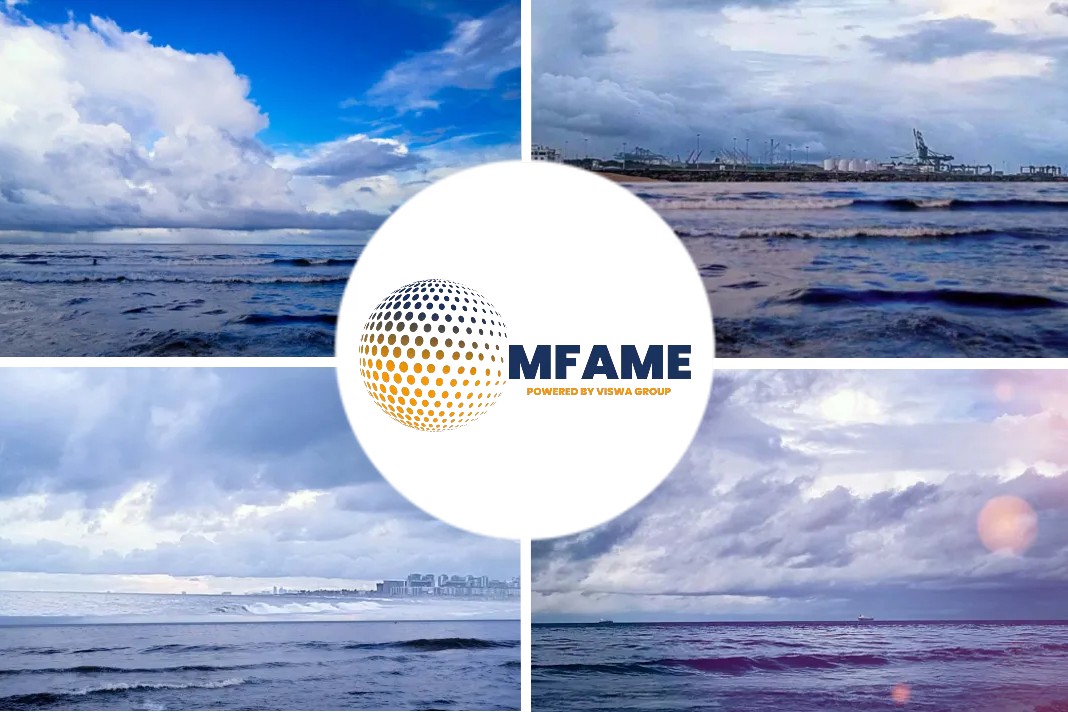According to a Platts article, there are “very long waiting lists at some shipyards,” particularly in China, for installation of scrubbers on vessels to ensure compliance with IMO 2020 marine fuel regulations, a leading scrubber technologist said this week.
What is it?
“Scrubbers are made to order and the standard lead time is six months,” Sigurd Jenssen, a director at Wartsila Corporation, a Finland-based marine technologist, said in an interview. Wartsila is a prominent manufacturer of marine scrubbers for wet exhaust gas cleaning, along with other companies including Sweden-based Alfa Laval. After manufacture, the equipment is installed by shipyards, where queues for installation have now built up.
Availability at Shipyards
Peter Torstensson, a senior vice president at Alfa Laval, clarified that while his company has the capacity and can deliver its Alfa Laval PureSOx scrubber with short lead times, “the rest is a question about the availability at the shipyards, which is a different story and outside our knowledge and control.”
Delayed Response Taking A Toll
The International Maritime Organization introduced its so-called IMO 2020 fuel regulation January 1 in a move to cut emissions and ocean pollution. This limits sulfur levels in bunker fuels to 0.5% from the previous typical level of 3.5%, in shipping’s biggest regulatory change in decades. A scrubber installation allows a vessel operator to continue to buy cheaper high-sulfur HSFO fuel and separate out the excess sulfur onboard the vessel in what is effectively a mini refinery. The only other alternative is to purchase higher-cost low-sulfur LSFO fuel.
Even though the IMO first announced in 2008 that it planned the sulfur cap, scrubber orders from shipbuilders, owners and operators started to be received only in 2017 for newbuilds and in 2018 for installation on existing vessels, which has resulted in a flurry of orders in the run-up to the deadline, according to Jenssen.
“Shipowners, like everyone else, don’t want to spend any money until they have to,” he said. “Now they don’t have a choice: they need to be fuel-compliant.”
- Jenssen estimated that between 3,000 and 4,000 vessels have already ordered scrubbers — including orders already processed — approximately just 10% of the applicable fleet of some 40,000 heavier vessels worldwide that would normally use HSFO.
- It typically takes 15-30 days to install a scrubber on a vessel although a large cruise ship could take much longer, according to Jenssen.
- A scrubber installation could cost between $1 million and $5 million depending on the vessel and “will absolutely be a viable option…. in the medium term,” given the expected disparities in HSFO and LSFO prices, he said.
Did you subscribe to our daily newsletter?
It’s Free! Click here to Subscribe!
Source: Platts



















